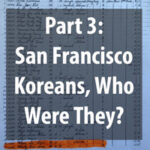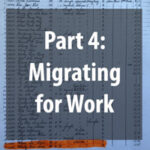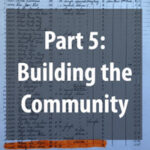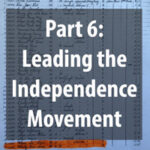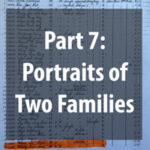A few early Korean immigrants struck fame and fortune. But for most early Korean pioneers, their greatest legacies were in simple virtues such as hard work, determination and raising healthy kids. Highlighted here are the faces of some of the early Korean pioneers who started their immigrant journey in San Francisco. Despite daunting challenges of assimilation, learning a new language and anti-Asian prejudice, these early pioneers contributed to their community in diverse ways. A few of their descendants are recognized here as well as they continue in the footsteps of their first generation trailblazers.
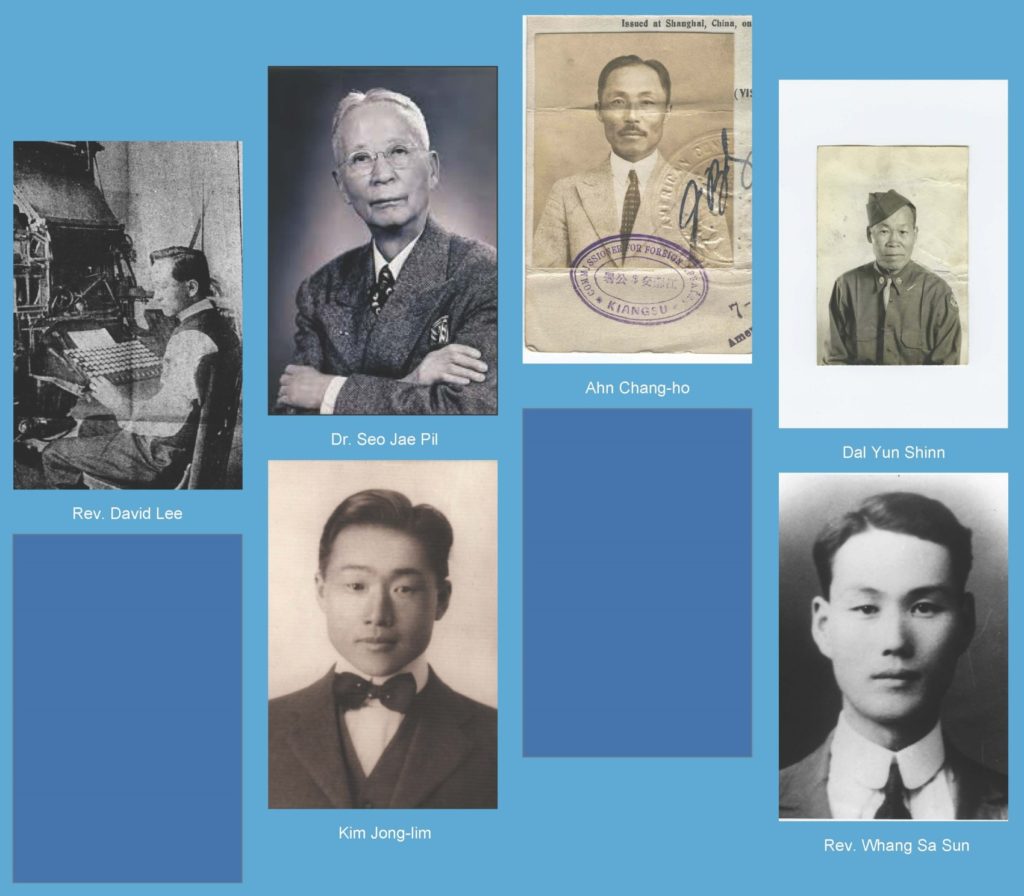
We know there are many many more Korean Americans who have made meaningful contributions in both historical and contemporary times.
Do you have a favorite Korean American trailblazer who is not shown here? Email their name(s) and contributions to curator Rosemarie Nahm at rynahm@gmail.com with the subject line “OACC Exhibit”!
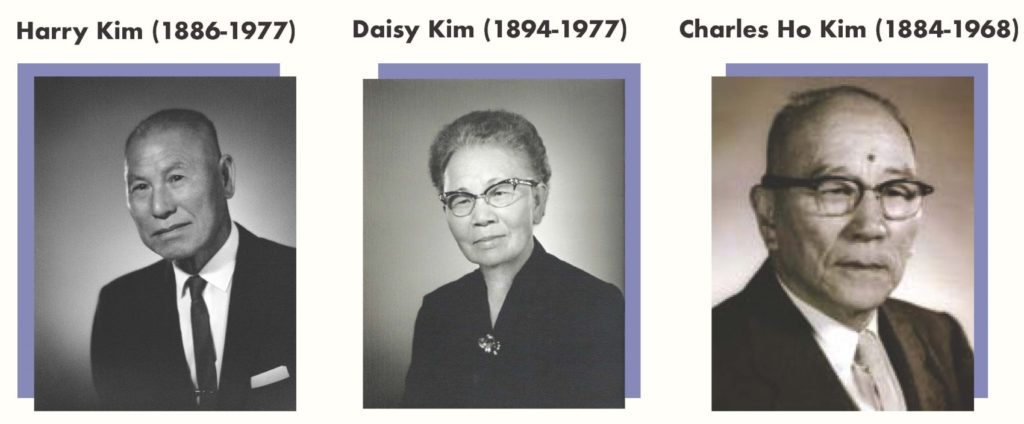
Business partners and philanthropists
The three Kims, all immigrants from early 1900s, were successful business partners in the orchard business in Reedley, California. Kim Brothers Company, initially a small delivery business, got a lucky break in the 1940s when it got an exclusive license to grow patented nectarine trees from a local plant breeder. By 1950, Kim Brothers made a fortune and were also a big employer in the region. All three Kims contributed generously to the Korean community, the wider Reedley community and the independence movement.
Source: Marn J. Cha, Koreans in Central California (1903-1957), 81-84.
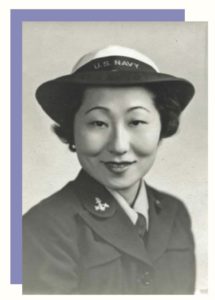
Susan Ahn Cuddy (1915-2015)
First Asian American woman US Navy Officer, community advocate
After her father Ahn Chang-ho was killed by the Japanese in the 1930s, she and her siblings were determined to help the US defeat Japan. During World War II, Susan became the first Asian American woman to work in the US Naval Reserve and the Navy’s first woman gunnery officer. She later worked at US Naval Intelligence and as Section Chief at the National Security Agency.
Source: susanahncuddy.com.
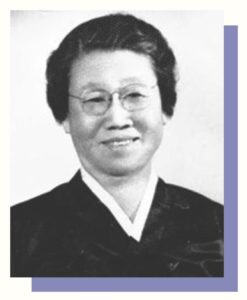
Kang Hae-won (Sarah Kang) (1885-1982)
Small business owner, fundraiser
As a 20-year-old, Ms. Kang travelled to Hawaii with her two brothers in 1905 to work at a sugar plantation. She transmigrated to San Francisco in 1912 and married Kim Sung-kwon, a leader of Hung Sa Dahn. In 1919, Kang founded the Korean Women’s Patriotic League in Dinuba. The group raised a cumulative total of $46,298 for the Korean Provisional Government to fight for independence. Kang made a living running a dry cleaning and alteration shop.
Source: Korean American History Museum, Los Angeles.
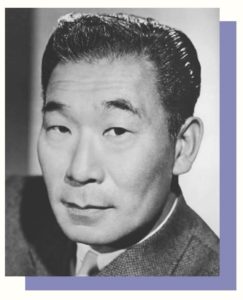
Philip Ahn (1905-1978)
Actor, rice farmer
The eldest son of Ahn Chang-ho, Philip Ahn was one of the few recognized Asian American actors of his time. Historical records show that he was also a rice farmer in the Sacramento Valley in the 1910s before he went into acting. Ahn became the first Asian American actor to receive a star on the Hollywood Walk of Fame on November 14, 1984, several years after his death.
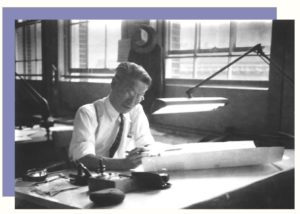
Easurk Emsen Charr (1895-1986)
Migrant worker, civil service
Charr was a true adventurer. In 1904, he left Korea at the age of ten, without his parents, to fulfill his dream of “going to Me-gook (America)” and becoming a medical missionary. He first went to Hawaii, then made a secondary migration to San Francisco in 1905. His memoir, The Golden Mountain: The Autobiography of a Korean Immigrant 1895-1960, is a rare, richly detailed account of the early Korean immigrant experience and is an important primary source.
The Shinn Family
Business women, US Army, marine engineers and merchant marines
Back row: Sun Hee Shinn (left), the matron of the family. Helen (middle) and Ruth operated the Helen and Ruth’s Beauty Shop at Mason and Jackson Streets. Sun Hee believed “women had to have their own business to survive in this country.”
Front row, left to right: Peter, Richie, Paul and Johnnie. Richie served as a rifleman and paratrooper in the 101st Airborne Division and was wounded during the Battle of the Bulge. Peter and Paul tried to enlist in the US Navy as engineers but were told that, as Asians, they could be cooks but not engineers. Instead they served as merchant marines in convoys to Europe, subject to risks of U-boat submarine attacks. After the war, Johnnie became a licensed marine engineer.
Courtesy of the Shinn Family.
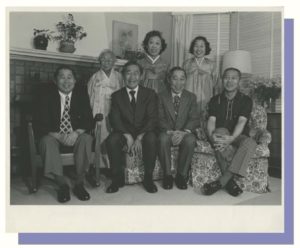
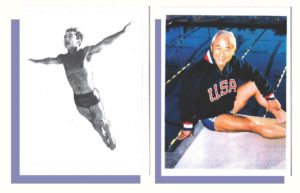
Sammy Lee (1920-2016)
Olympic Gold-medalist and ENT doctor
The son of Korean immigrants Soon Ki and Eun Kee Lee, Sammy Lee is the first Asian American man to win the gold medal in diving for the US at the 1948 London Olympics and again at the 1952 Helsinki Olympics. Lee recalled how he practiced his dives in a sandpit in his coach’s backyard because, for people of color, the public pool was open only once a week before the pool was emptied for cleaning. He was barely 5 feet tall but a giant in his field.
Source: Molly Frick Wampler, Not Without Honor.
The Lee Family
Descendants of Lee Bum Young and Kim Hey Soo
Engineers and doctors
Edwin Lee (center with glasses), the youngest son of Angel Island immigrants Lee Bum Young and Kim Hey Soo, is the proud head of a growing family. Kathy the youngest (far left) is an executive productivity coach. Eddie the eldest (3rd from left) is an anesthesiologist. Karen (next to Edwin in white shirt) is a pediatrician. Michael (4th from right in white shirt) is an ophthalmologist. Edwin’s wife Barbara, also a Korean American, passed away in 2003. Edwin is a retired electrical engineer.
Courtesy of the Lee Family.
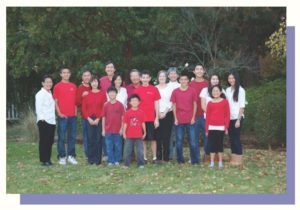
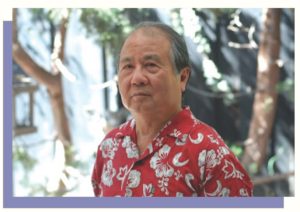
Irvin Paik
Son of Angel Island immigrant Rose Paik
US Army, TV and film editor
Paik grew up in East Los Angeles, attended UCLA and earned a masters in Motion Pictures. He was a 2nd lieutenant after graduation from Officer Candidate School and served in the US Army at the Army Pictorial Center in Long Island City from 1965 to 1967. Paik was part of the film crew for Walt Disney nature films. As a member of the Motion Picture Editors Guild starting in 1972, he worked on television shows such as ER and feature films for Universal and Warner Brothers.
Courtesy of Irvin Paik.



